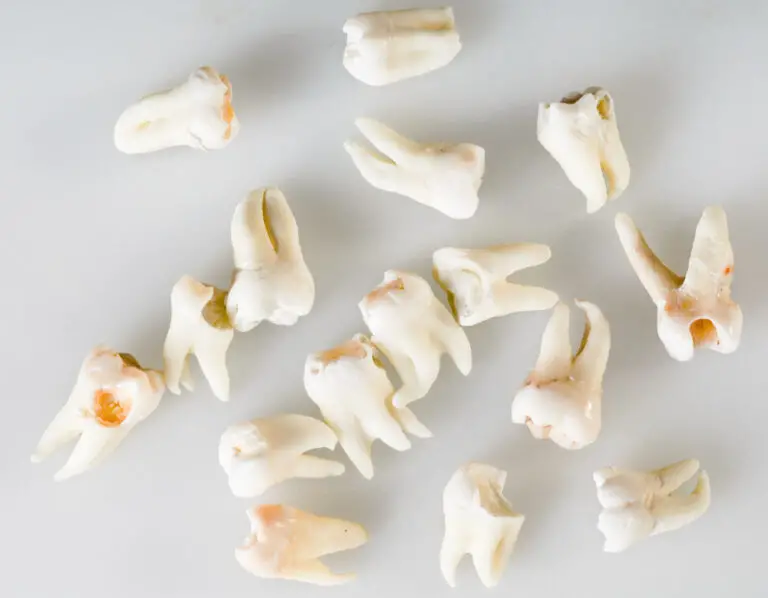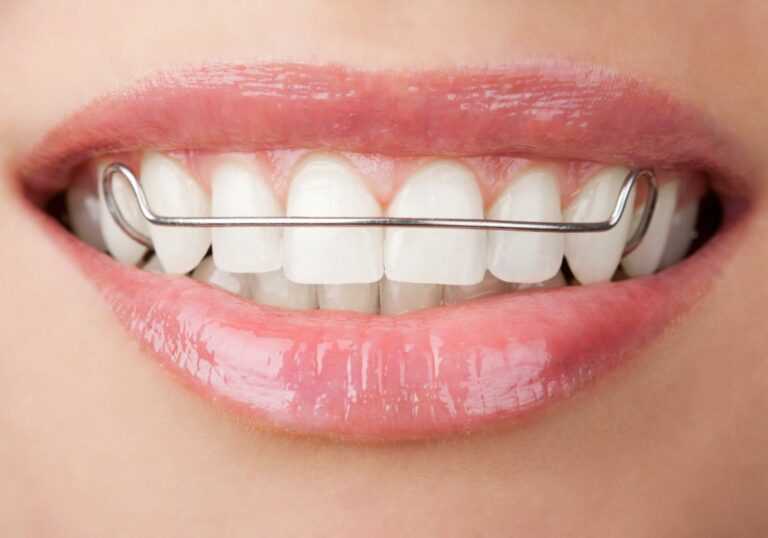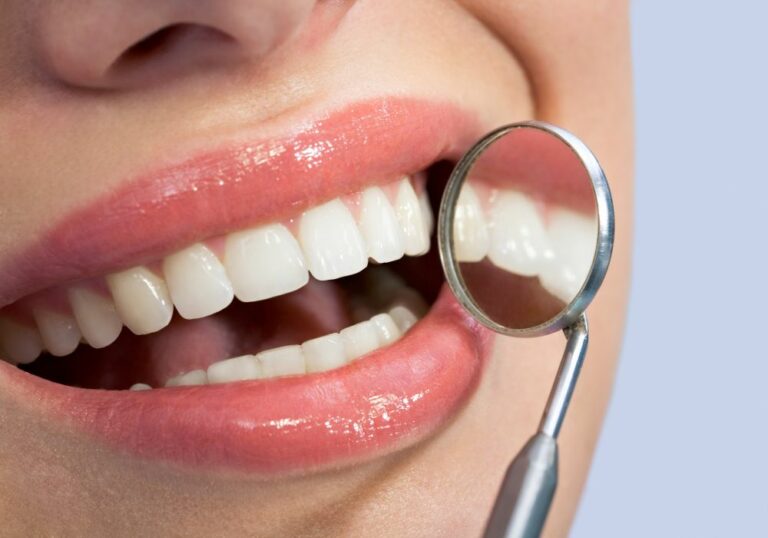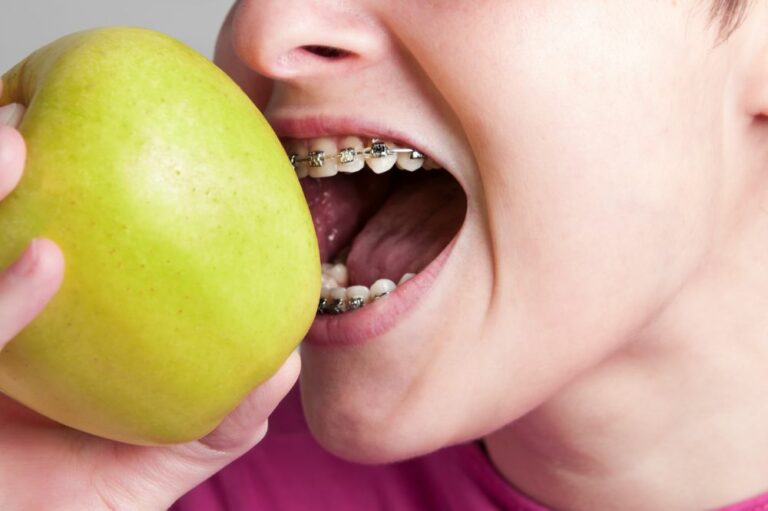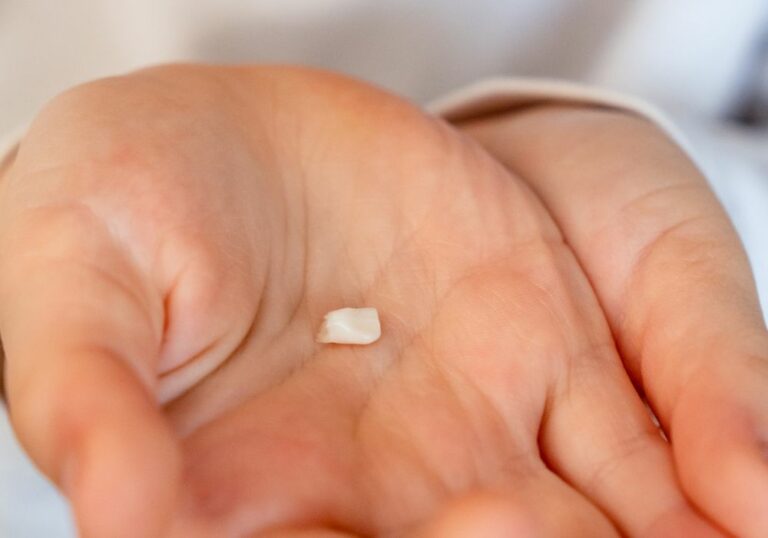Puppies develop sharp little teeth known as puppy teeth or milk teeth early on. Like human babies, puppies are born without teeth. Their first set of sharp puppy teeth begin to erupt at around 3-4 weeks of age. By 6-8 weeks of age, puppies will have a full set of 28 puppy teeth.
These puppy teeth are meant to be temporary. They are gradually lost and replaced by the dog’s permanent adult teeth between 3-6 months of age. This process is similar to when human children lose their baby teeth and grow in permanent adult teeth.
The loss of puppy teeth and growth of permanent teeth is referred to as teething. It is a normal part of a puppy’s development. However, it can be an uncomfortable process for the puppy causing pain, swelling, chewing, drooling and behavioral changes.
When do puppy canine teeth fall out?
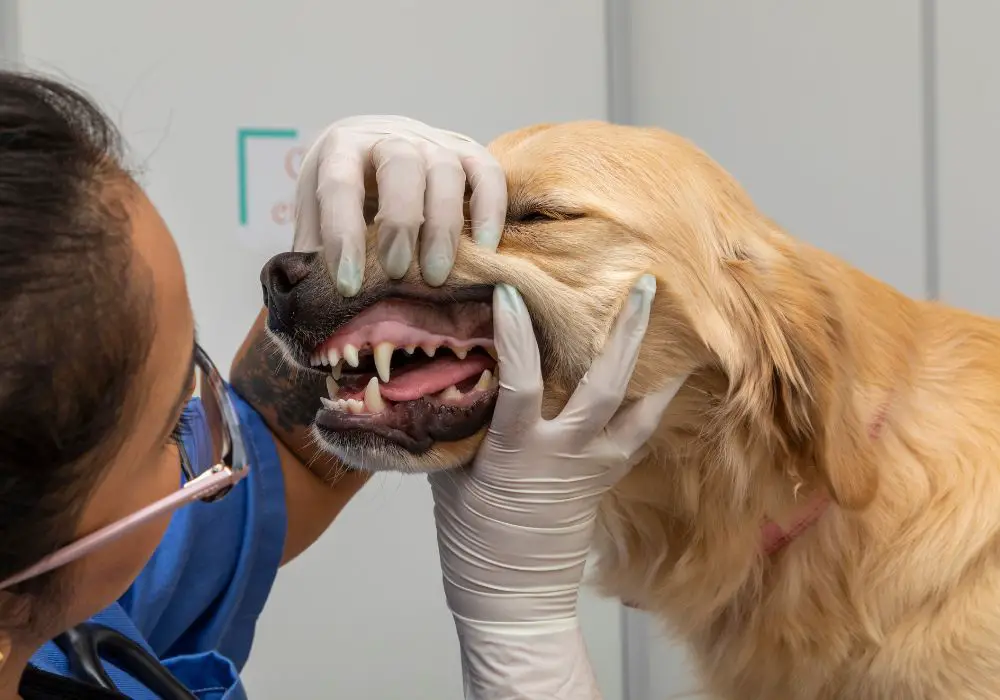
The canine teeth are located on the upper and lower jaw and are those sharp fang-like teeth. There are four canines in the temporary puppy teeth set.
The puppy canine teeth typically fall out and are replaced by permanent adult canine teeth between 4-6 months old. However, the puppy teething timeline can vary from breed to breed.
Small breeds may start losing canine teeth a bit earlier while large breeds retain their puppy canines a little longer. Most puppies will have all their adult teeth grown in by 7 months old.
Will puppy canine teeth grow back if they fall out early?
Sometimes a puppy canine tooth may get damaged or fall out before the permanent adult tooth is ready to erupt. This could be due to an injury or accident while teething.
If a puppy loses a canine tooth early, the permanent adult canine will still grow in to replace it. The loss of the puppy canine does not disrupt the overall teething timeline.
However, there are some risks associated with early loss of a canine tooth:
- The empty socket where the tooth fell out is exposed and vulnerable to infections. Care must be taken to keep it clean while the permanent tooth grows in.
- If multiple puppy teeth are lost early, misalignment of incoming permanent teeth is possible.
- Premature loss of multiple teeth may affect the puppy’s ability to eat properly for a while. Soft food may be required.
So while a lost puppy canine will grow back as a permanent adult tooth, it is best to try and avoid early tooth loss through proper teething aids and veterinary care if required. Monitor the empty socket for any signs of infection after a tooth is knocked out or removed.
What to do if a puppy breaks or chips a canine tooth?
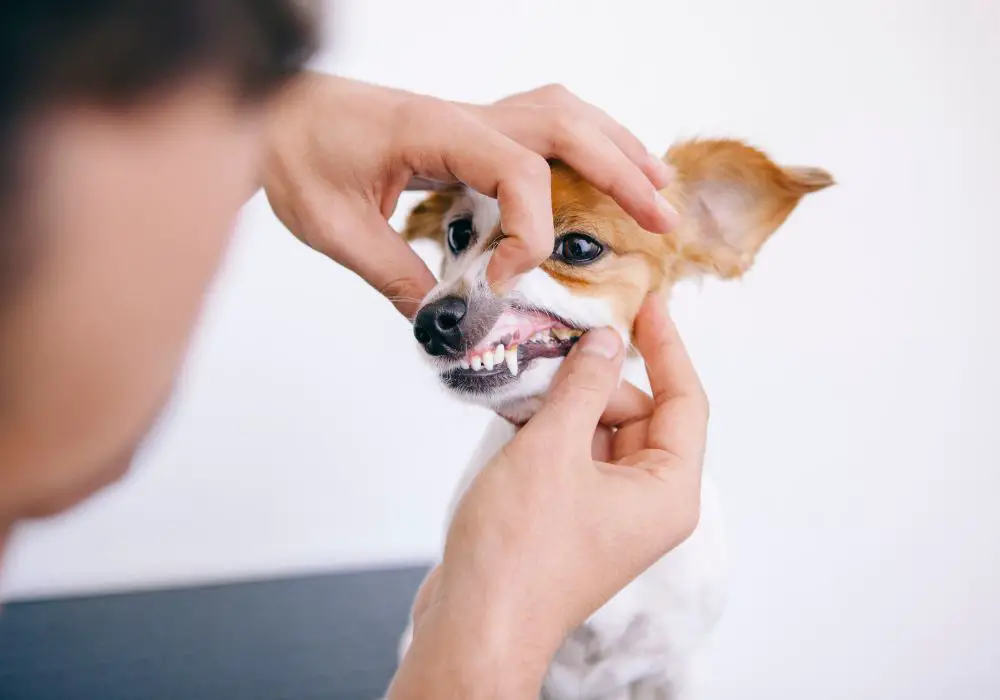
Puppies love to chew and teething puppies tend to chew a lot. It is possible for a puppy to break or chip their sharp canine tooth while chewing on hard objects. This can expose the pulp cavity and nerves causing severe pain and infection risk.
If a puppy canine tooth gets damaged or chipped, the following steps should be taken:
- Check for any bleeding from the tooth or trauma to the gum tissue. Clean the area gently with water and apply light pressure with a cloth or gauze if needed.
- Provide the puppy with something cold to chew on like a wet cloth or ice cube wrapped in a towel. This will ease any pain and swelling.
- Limit chewing and hard food temporarily to avoid aggravating the injury. Feed wet soft food only.
- Schedule an appointment with your veterinarian right away. Do not wait for the permanent tooth to erupt first.
- The vet will examine the tooth and determine if an extraction is required or if the tooth can be saved through dental bonding, crowns or root canals.
- Monitor the puppy closely for signs of infection like discharge, foul breath, fever, reduced appetite. Seek prompt veterinary care if you notice any concerns.
- Once the permanent adult canine comes in, get it examined by your vet. They can assess if the new tooth is healthy or needs any kind of treatment.
Can a broken puppy canine tooth be saved?
If the pulp cavity has not been penetrated, it may be possible to save a fractured or chipped puppy canine tooth. Prompt veterinary care is key.
Options like dental bonding and crowns can restore the shape and function of the fractured puppy tooth. However, if the tooth nerve is badly exposed, extraction is usually the best solution to prevent infection.
In the case of baby teeth, many vets recommend extraction as adult teeth will replace them soon. Preserving damaged milk teeth often does not have good long term prognosis or may delay eruption of permanent teeth.
Why might a puppy’s canine tooth not grow in properly?
In some cases, a puppy’s new permanent canine tooth may come in crooked, misaligned or not at all. Some reasons this can happen include:
- Retained puppy tooth – If a puppy tooth is not shed timely, it can block the permanent tooth from emerging correctly. The retained tooth should be extracted.
- Trauma or injury – Injury to the tooth bud or trauma to the face/jaw area as a puppy can disrupt normal tooth development.
- Genetic factors – Jaw and tooth misalignment issues are often breed specific like with brachycephalic (short-nosed) breeds.
- Nutritional deficiencies – Lack of vitamins and minerals like calcium can affect tooth formation and health.
- Underlying disease – Serious illness as a puppy impacting development can also result in tooth misalignment later on.
- Infection or abscess – An infection under a retained puppy tooth can prevent the adult tooth from erupting properly.
If a permanent canine tooth is not growing in well or appears impacted, veterinary dental x-rays and evaluation are needed to determine the underlying cause and best treatment options. This may involve removal of obstructing puppy teeth, infection treatment, or orthodontic methods to guide the errant tooth in the right direction.
At what age is a puppy done teething?
The puppy teething phase spanning 3-6 months is intense but temporary. Those sharp little milk teeth will give way to the permanent adult set. Most puppies will be fully done teething by the age of 7 months.
By this age, they should have their complete set of 42 permanent teeth. However, for some large breeds, the teething process may continue up to 8-9 months old.
During the teething period, provide the puppy with ample chew toys of different textures. Avoid hard objects that can damage the puppy teeth. Schedule regular vet dental checkups to monitor teeth coming in properly.
Once teething is complete, those sharp destructive puppy biting behaviors will also reduce. Make sure to brush your dog’s teeth daily when teething ends to prevent tartar buildup and dental disease. A complete adult tooth set marks the end of the rapid puppy growth phase.
When to seek veterinary care for teething issues?
Teething can be uncomfortable for a puppy but is typically not a serious medical concern. However, it is important to watch for signs of problems and seek prompt vet care if you notice:
- Persistent bleeding from the gums, mouth or loss of teeth
- Pus discharge or excessive drooling
- Swollen and inflamed gums
- Loss of appetite, chewing difficulty or repeated vomiting
- Damaged, chipped or fractured teeth
- Abnormal bite, difficulty closing mouth
- Obvious tooth misalignment issues
- Retained puppy teeth blocking permanent teeth
Routine dental exams during the teething phase allows vets to assess tooth growth and development. They can identify potential problems early and recommend solutions like extractions or orthodontic correction if needed.
Puppy teething remedies and aids

Here are some tips to make teething easier and more comfortable for a puppy:
- Provide safe chew toys of various textures like rubber, rope, wood. Chilled chew toys can soothe sore gums.
- Use a wet cloth soaked in broth or water and freeze for soothing cold compression.
- Avoid very hard chews and bones that can fracture puppy teeth.
- Feed wet, softened kibble mixed with warm water to make eating easier.
- Massage swollen gums gently with your finger after meals for relief.
- Monitor for excessive chewing behaviors and redirect with appropriate chew toys.
- Praise calm behavior to discourage puppy biting and teething aggression.
- Schedule regular veterinary dental exams during the teething phase.
With some patience and training, puppy teething does not have to be a painful struggle. Ensure your puppy’s first tooth set transition properly to permanent adult teeth through proactive veterinary dental care.
Frequently Asked Questions on Puppy Teething
Is it normal for my puppy to lose teeth before 4 months of age?
It’s not typical for puppy teeth to fall out much earlier than 4 months old. Premature loss of multiple teeth could indicate an underlying health issue. Schedule a vet exam to identify any problems requiring treatment.
Should I be concerned if my puppy has retained a few baby teeth past 6 months old?
If a puppy still has some persistent baby teeth beyond 6 months, it’s best to have your veterinarian evaluate. They can determine if the retained teeth need to be extracted to prevent issues with permanent teeth coming in properly.
My puppy broke his fang-like canine tooth. Is this an emergency?
Damage to a puppy canine tooth is serious as the pulp cavity may be exposed. Seek prompt veterinary care within 24 hours to prevent pain, infection and permanent tooth damage later on. The vet will advise next steps like extraction or root canal therapy.
How can I make dry kibble easier for my teething puppy to eat?
Soaking the dry kibble in warm water or broth softens it to make eating more comfortable. You can also switch to wet canned puppy food or add some water to make a mash during the teething phase. Monitor for chewing difficulty or reluctance to eat.
Is there anything I can apply topically to soothe my puppy’s irritated gums?
Gently massaging swollen gums with a frozen cloth can provide relief. Never apply human oral pain gels directly. Seek your veterinarian’s advice on safe, pet-approved numbing gels if over-the-counter teething remedies do not seem to be helping your puppy.


